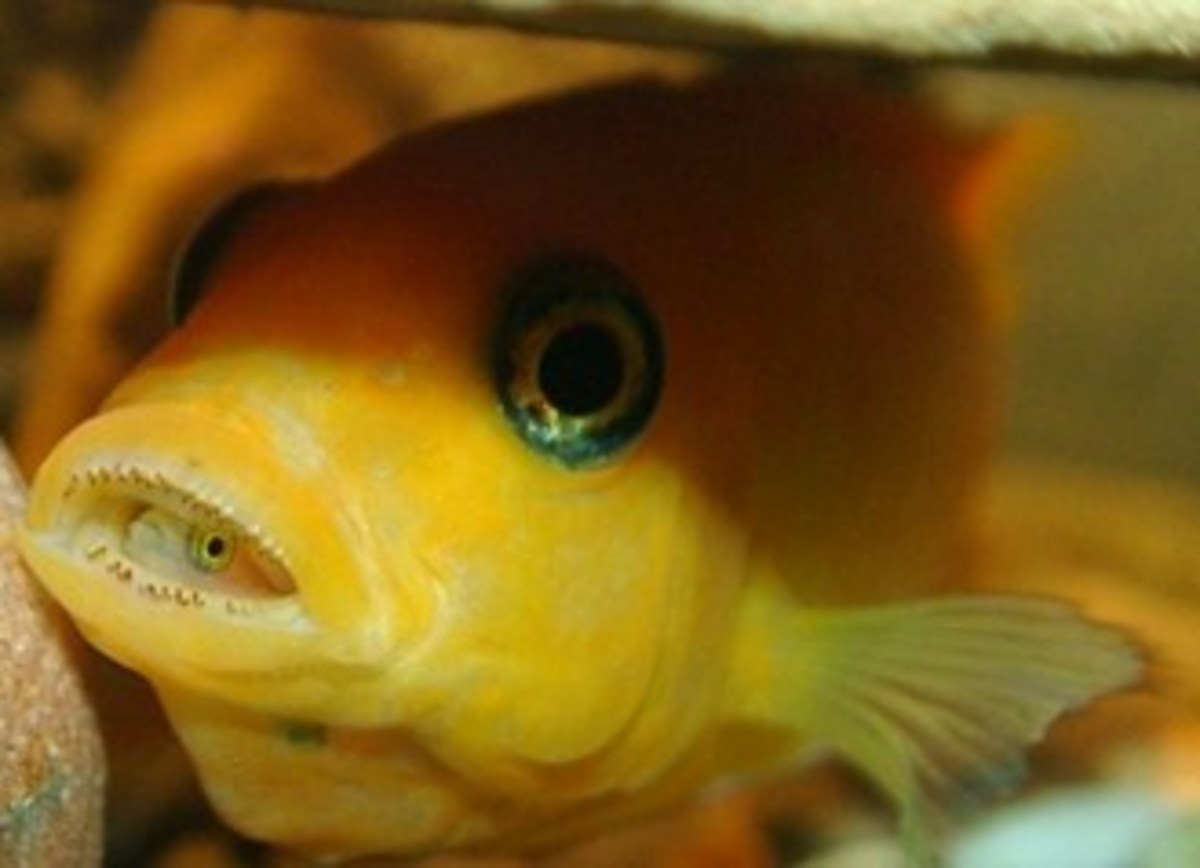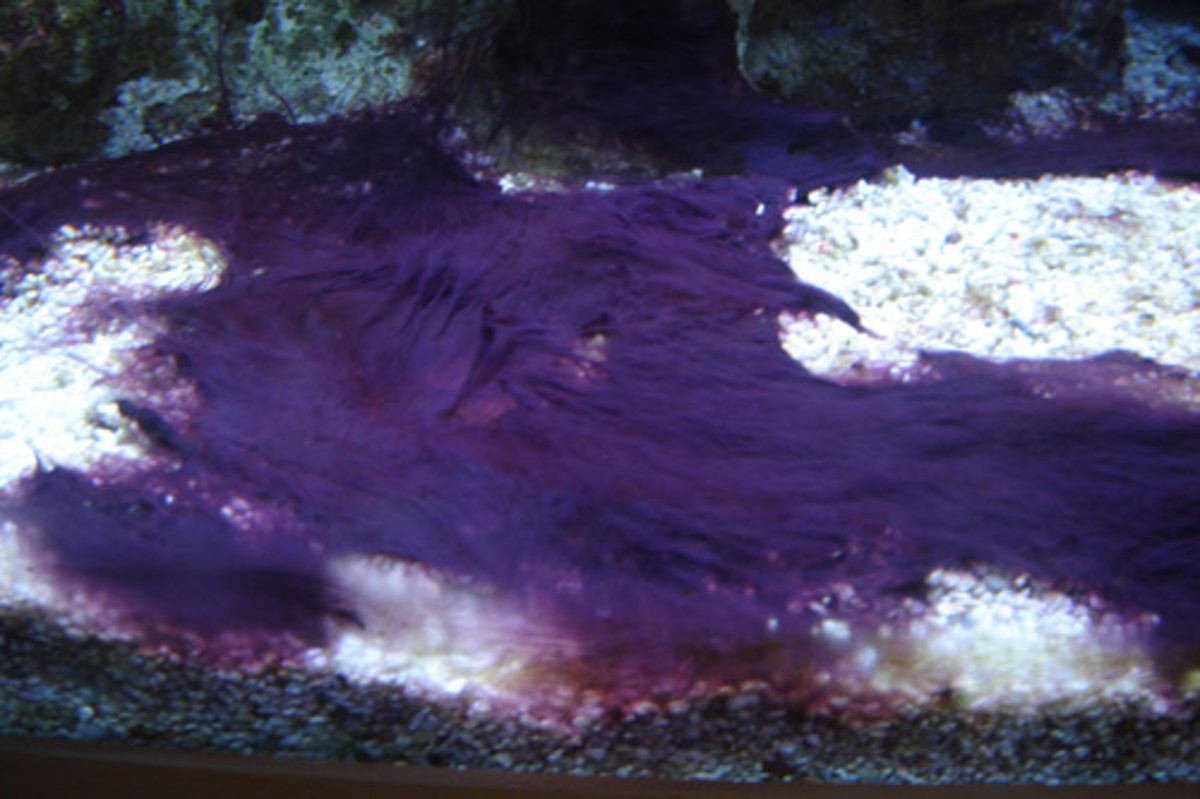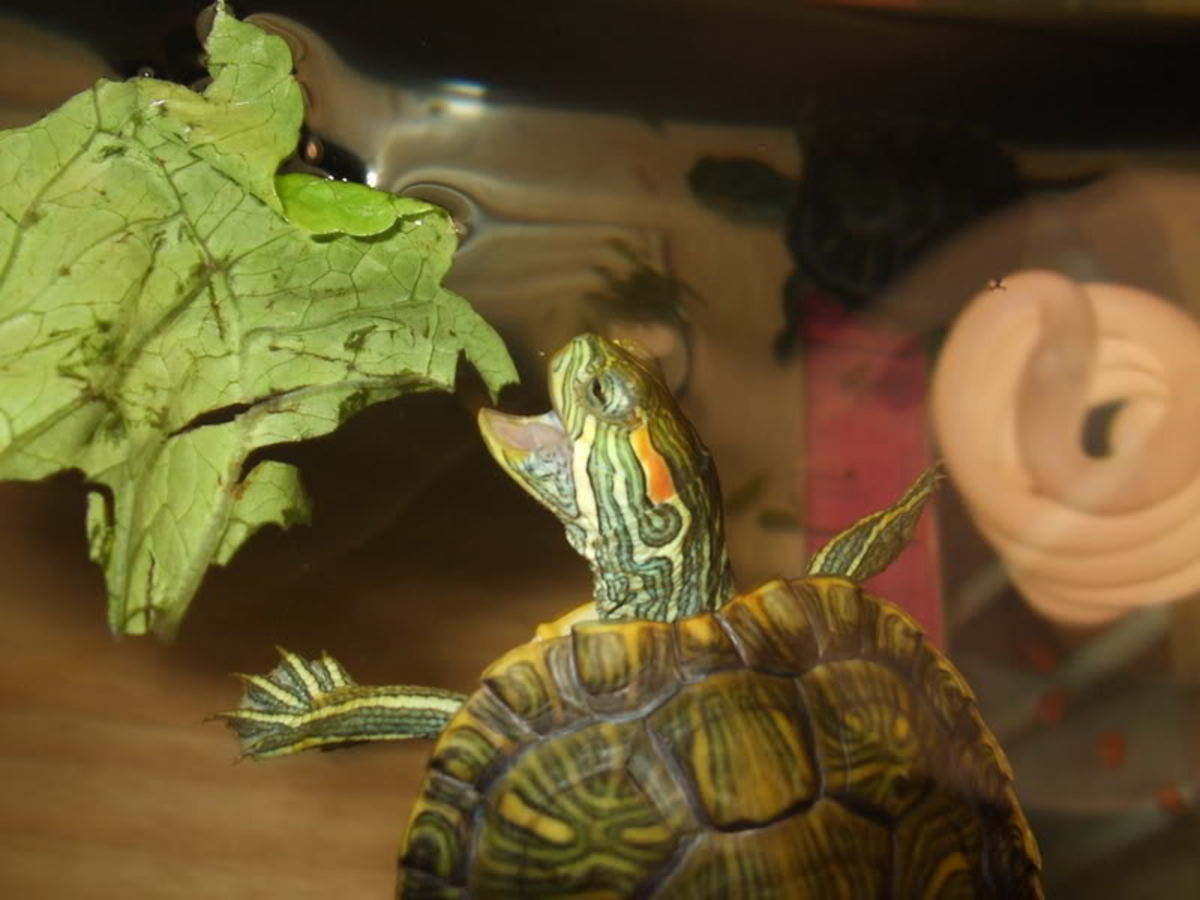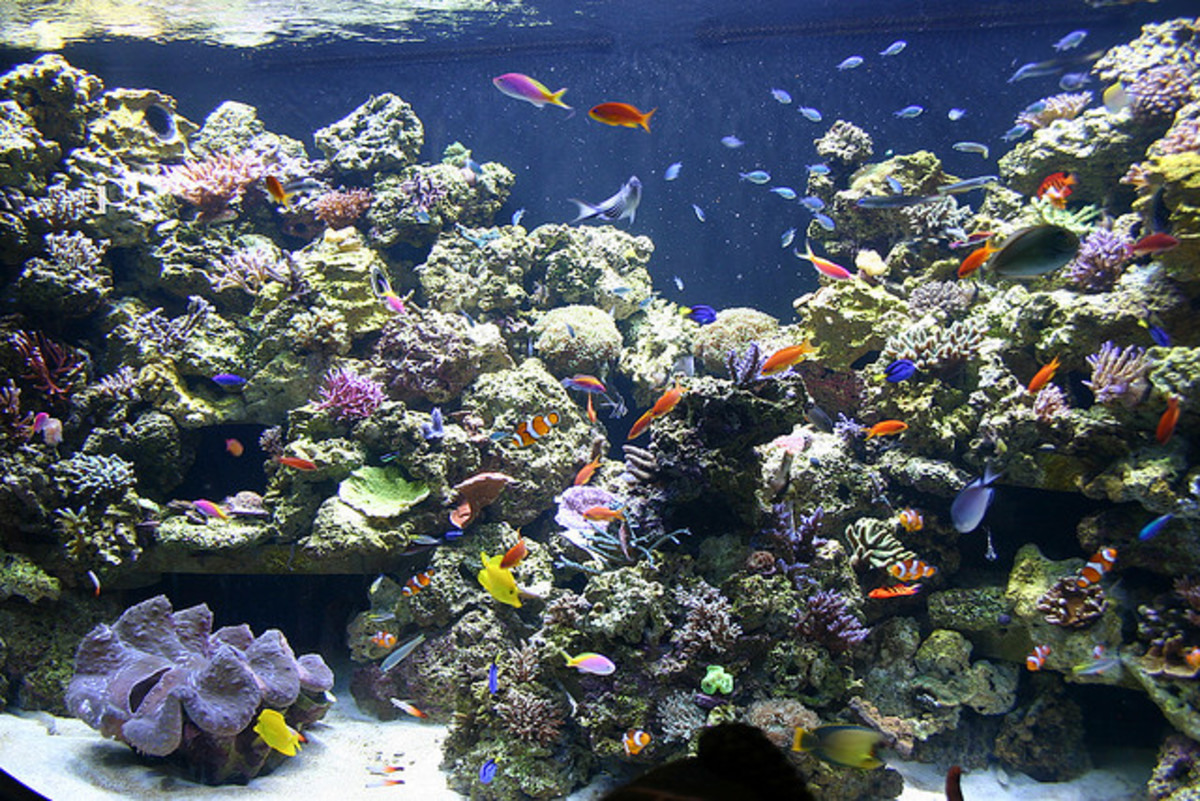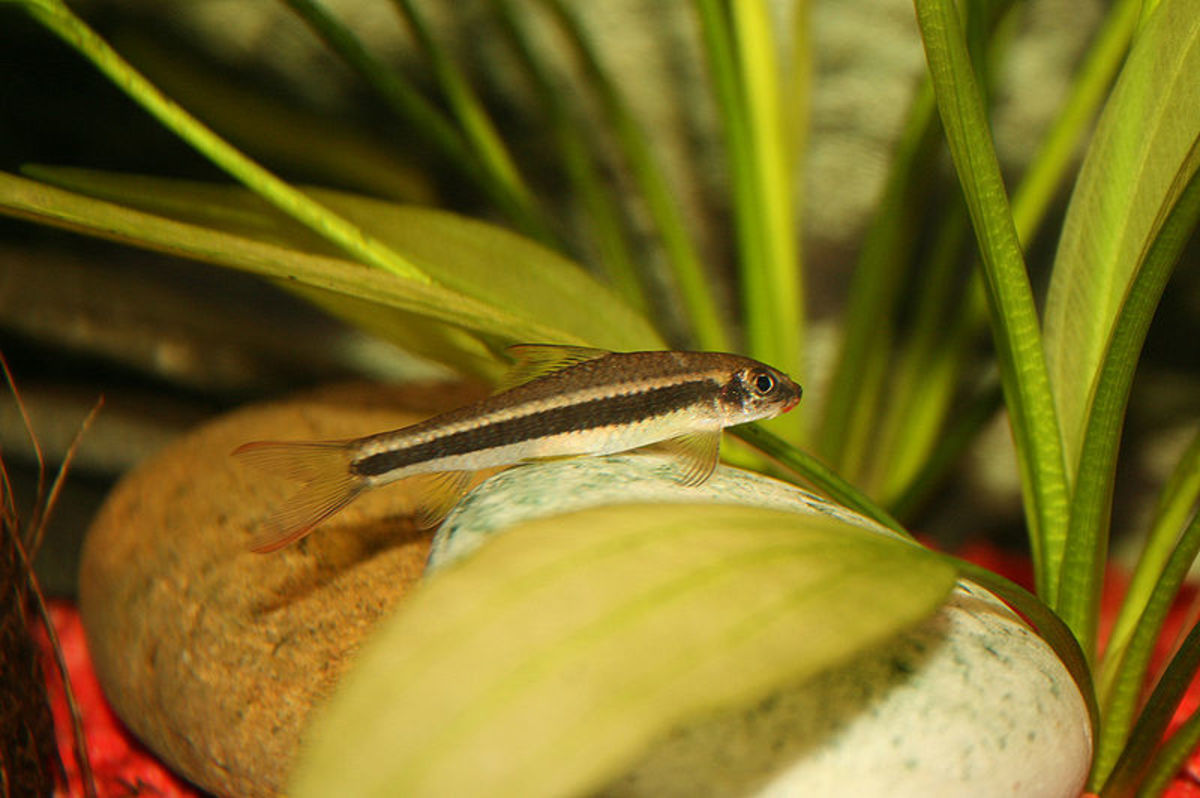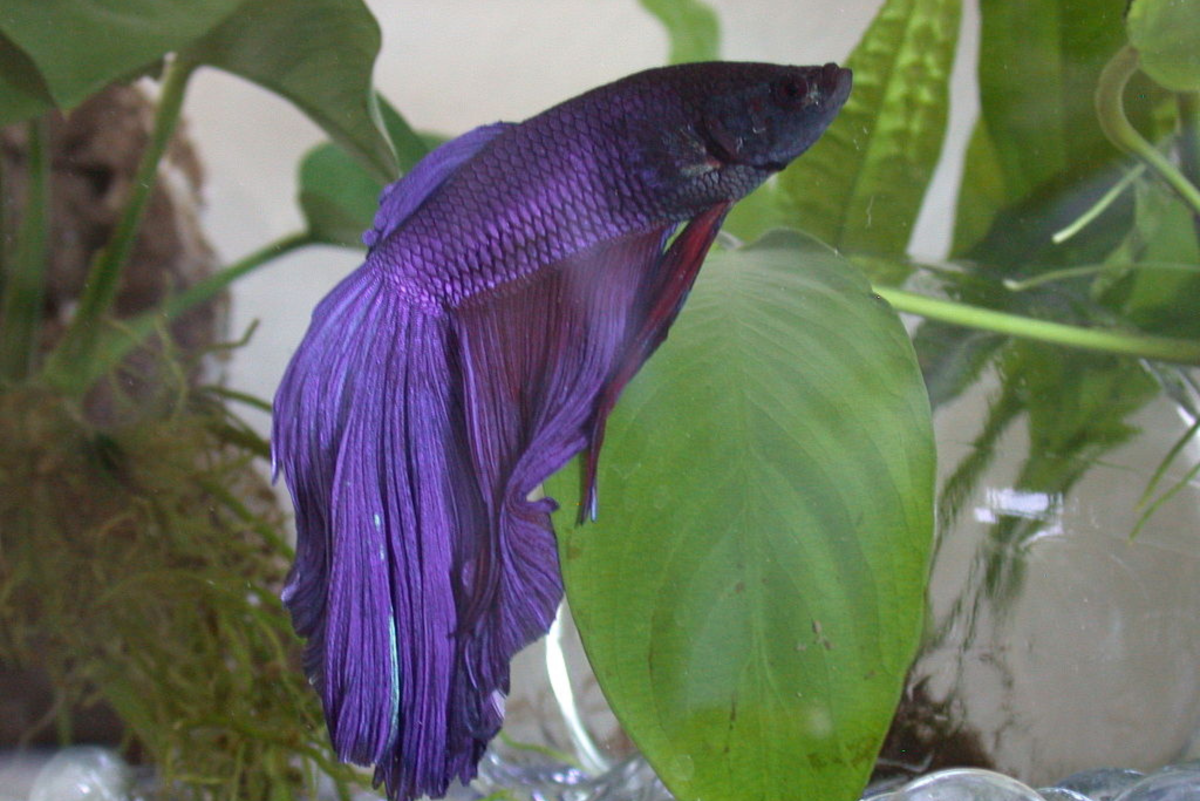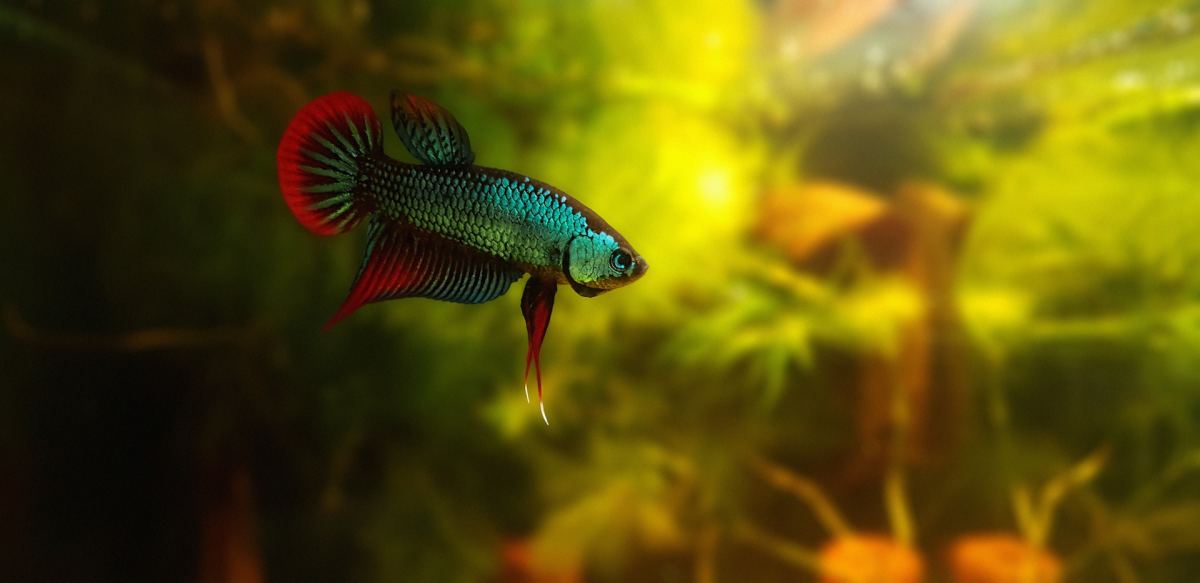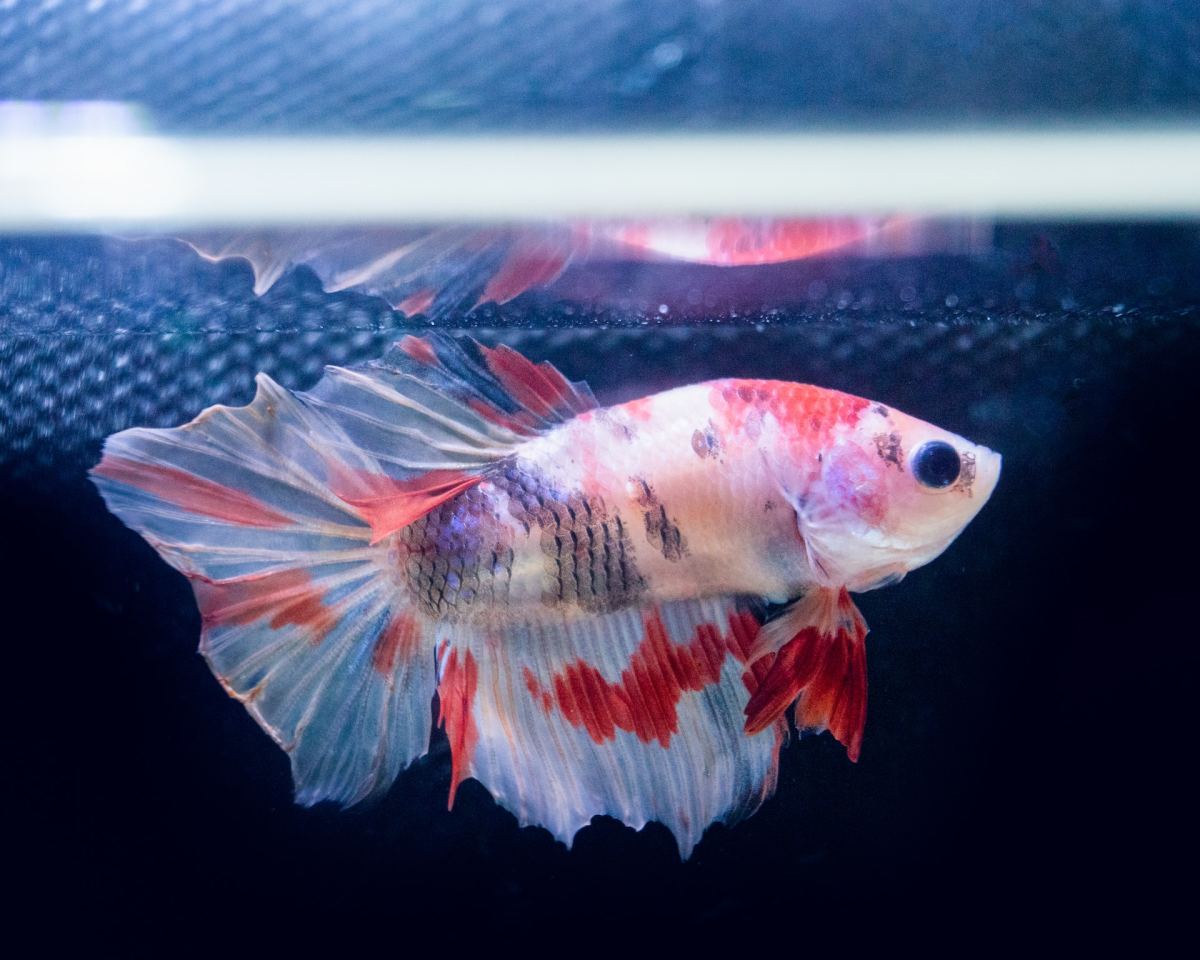- HubPages»
- Pets and Animals»
- Tropical Fish & Aquariums»
- Freshwater Aquarium Animals»
- Characins
Red Belly Piranha Facts

My other Hubs about Animals
The Red Belly Piranha (Pygocentrus nattereri) is often feared because of its mythical aggressive and frantic attacks, the piranhas have a reputation as voracious predators with very sharp teeth and an insatiable appetite, that kill anything that cross their path.
Red Belly Piranha - Habits and Habitat
The red belly piranha is usually found in white water rivers, and in some streams and lakes. In certain areas, may also inhabit flooded forests such as those found throughout the Brazilian Amazon.
It's widely distributed throughout the South American continent, the red belly piranha is found in tropical freshwater rivers in Argentina, Bolivia, Brazil, Colombia, Ecuador, Guyana, Paraguay, Peru, Uruguay and Venezuela.
Although variable in appearance, the red belly piranha gets its name because of the characteristic red belly, which may be a more intense and deep red in males, while the rest of the body is usually gray, speckled with silvery scales and sometimes creamy-brown sides.
Dark spots are often visible behind the gills, and the anal fin base is usually black, while the pectoral and pelvic fins vary from red to orange.
They have a and long rhomboid shaped body, short rounded snout and a protruding jaw with very sharp triangular teeth. The red belly piranha can grow up to a maximum length of 33 cm and weigh up to 3.5 kg.
The red belly piranhas live in schools. While not having the behavior of hunting in groups occasionally red belly piranhas go into a sort of feeding frenzy, where they attack the prey and devour to the bone it in just a few minutes. This particular behavior contributes to the bad reputation of the red belly piranha, but the "frenzy" usually, is not a random attack, and is usually the result of provocation or hunger
Their social organization is not very stable, they live in a constant state of fear and mutual suspicion, cannibalism exists, as they eventually attack members of the same species, especially a wounded or sick piranha, or in times of low food supply.
.Although they are excellent predators, red belly piranhas are also hunted by larger animals. Some natural enemies of piranhas are the pink Amazon River dolphin (Inia geoffrensis), Yacare Caiman (scientific name: Caiman Yacare) and giant otters (Pteronura brasiliensis).
Piranhas tank setup
Red Belly Piranha Scientific classification
Kingdom: Animalia
Phylum: Chordata
Class: Actinopterygii
Order: Characiformes
Family: Characidae
Genus: Pygocentrus
Species: P. nattereri
Binomial name
Pygocentrus nattereri
Learn More About the Red Belly Piranha on Amazon!
Red Belly Piranha - Diet
Despite being portrayed as a dangerous and unpredictable predator, the red belly piranha feeds mainly on fish, aquatic insects and invertebrates such as mollusks and crustaceans at dusk and dawn.
It may also feed on any small terrestrial animals it finds, preferring to attack already weakened animals, as well as fruits, seeds, algae and aquatic plants. They also feefd on carcasses left by larger animals.
The triangular sharp teeth make the red belied piranha extremely efficient grabing food, and the disposition of its powerful jaws and muzzle give the fish the ability to attack and bite with extraordinary force.
Red Belly Piranha - Reproduction
Not much is known about the reproduction of piranhas, there are few numbers of observation in the wild, for this reason, that we know almost everything about the reproduction is based on observations made in fish tanks.
When a couple is ready to spawn, they form a small territory where any fish that approaches will be cast out aggressively. The couple presents a much darker color, and their behavior becomes more aggressive and territorial.
The red belly piranha reproduction occurs around April and May during rainy season, usually with a peak over a period of two months, which may vary depending on location. The female lays about 600 eggs on the newly submerged vegetation in a dug out nest built by the male.
Red Belly Piranha - Conservation status and major threats
The red belly piranha is not under any threat at the moment.
Red Belly Piranhas as Pets in the aquarium
Piranhas are not the most appropriate fish to keep in an aquarium, much less with other fish species that sooner or later will be attacked and eaten.
They may remain hidden a long time and are not very sociable, some piranha species tolerate other companions, of the same species, as in the case of the red belly piranha, but others will not tolerate anyone else in the aquarium, being extremely aggressive and territorial
You will need a big aquarium, as they can reach 33 cm in length. They also need places where they can hide, such as caves, driftwood, plants and whatever else we can find in their natural environment.
In nature, they live in areas with low light, so the rule should not run in a bowl, leaving the aquarium look very dark or even with the light off much of the day
In captivity they will accept pieces of fish, poultry, live fish, shrimp, mussels, seafood, squid, insects, live foods, and even small rodents. The acceptance for processed foods is a bit difficult.
In nature they live in areas with little light, therefore the rule in an aquarium should be the same, leaving the aquarium look rather gloomy or even with the light off much of the day.
I hope you found this hub on the Red Belly Piranha interesting and helpful, if you enjoyed reading it you can vote it up, you can also share it with your friends.


